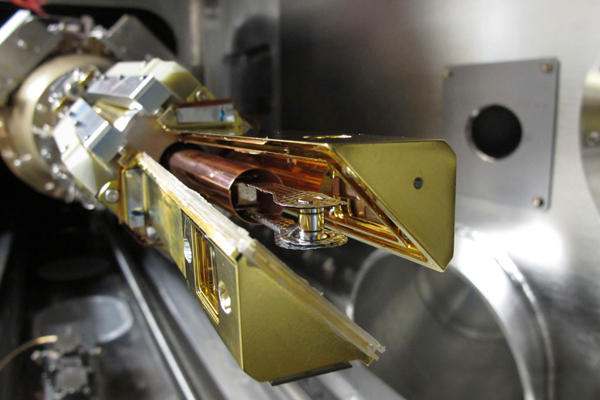“The century’s biggest and most difficult scientific undertaking,”
While laser fusion has been touted as the Holy Grail of sustainable energy, set to free the world from the environmental and political problems of carbon-based alternatives, a recent report questioned whether scientists are on track.
While the report in Physics Today painted a dim picture of progress, the director of laser fusion energy, Michael Dunne, played down the difficulties outlined in the report, enthusiastically emphasizing that the experiment was progressing on schedule with no major setbacks.
The report highlighted a lacklustre progress report from the outgoing undersecretary for science at the U.S. Department of Energy, Steven Koonin, who issued an update on the California-based National Ignition Facility (NIF).
While NIF is charged with conducting research for the U.S. military’s nuclear weapons testing program, it’s also funded to achieve laser fusion ignition by the third quarter of 2012.
Scientists and engineers are engaged in heating and compressing tiny pellets of tritium and deuterium with giant lasers to replicate the type of energy release that occurs in stars. The process is intended to release a significant net gain of energy—ignition—which in turn would drive a conventional turbine and produce electricity.
However, Koonin said that scientists are finding large gaps between experimental results and their ability to extrapolate them, and that the ignition threshold factor (ITFX) is 10% of what it should be.
Since funding for the ignition process officially runs out in the fall of next year, Koonin was reportedly frustrated that the research was being held to a timetable and that it might be prudent to look to a plan B should the facilities fail to reach their goals next year.
But Dunne warned that trying to project manage a scientific breakthrough of this magnitude is neither good science nor good project management.
“Scientists abhor trying to projectize discovery,” he said.
He added that experimentation is now focused on individual laser shots at the tritium and deuterium fuel target, in order to adjust the mix and shape of the fuel when the implosion occurs in the capsule. Right now, he believes researchers are currently 110 shots into an evolving process that could total 200 shots before achieving successful ignition.
To put the remaining work into perspective, he said that, six months ago, researchers were challenged with the problem of velocity—that is, attempting to implode the fuel within the target capsule at a high enough velocity that ignition could occur.
Velocity was off by 15%, but near the end of the summer scientists adjusted the velocity factor to within 5%. It’s now on target.
“So six months a go there was a lot of worry, but as we sit here today it looks like velocity is a manageable part of the problem.”
Read more . . .
Bookmark this page for “laser fusion” and check back regularly as these articles update on a very frequent basis. The view is set to “news”. Try clicking on “video” and “2” for more articles.








